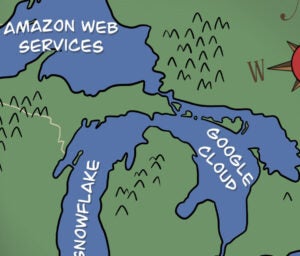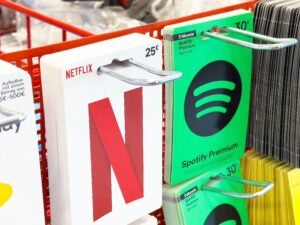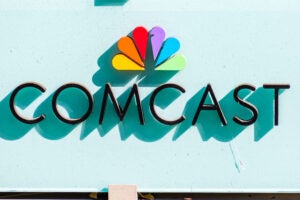As eyeballs shift away from linear TV, networks are experimenting with new ad formats, targeting and measurement tactics to keep both buyers and viewers interested.
TV ad revenue fell 2.7% to $70.1 billion in the US in 2017, according to PricewaterhouseCoopers’ “US TV Advertising Outlook,” released Tuesday. During the same period, online TV advertising, which includes in-stream pre-roll, mid-roll and post-roll ads, grew 8.6% to $4.7 billion.
“Digital has become the business now,” said Chris Vollmer, global advisory leader for entertainment and media at PwC. “Marketers are recognizing that they’re still underspending in digital relative to where media consumption is occurring, and they’re shifting more spend.”
To retain viewers, networks are creating more digital-like experiences by lowering ad loads and using shorter ad formats. To woo marketers, they’re offering outcome-based targeting along with better measurement and attribution while growing their overall digital inventory.
In recent years, better targeting on linear TV has become a big focus at the upfronts. Last year, NBCUniversal set aside $1 billion worth of inventory for guaranteed outcomes. The network is working on a contextual targeting product that uses machine learning to better match ads with content, Vollmer said.
“They’re trying to reduce the separation factor between advertising and programming,” he said. “You can imagine over time that blurring with native content too.”
But with the total addressable TV market just $1 billion in 2017, linear TV is still largely transacted in a traditional way.
“What’s yet to come in a big way is real addressability,” Vollmer said. “Depending what happens with AT&T-Time Warner and how quickly initiatives like OpenAP gain scale, we’re still not at a point where marketers can buy addressable video inventory at scale.”
As for better measurement, TV networks are using their first-party data to offer better analytics and attribution to attract buyers. But there’s no common currency for total audience viewing.
“There’s frustration with the pace of innovation and in the marketplace around measurement that reflects contemporary media consumption,” Vollmer said. “Marketers don’t want to live in a world where there’s the complete fragmentation and diversity around currencies and metrics.”
AdExchanger Daily
Get our editors’ roundup delivered to your inbox every weekday.
Daily Roundup
Revenue diversification
More networks are also diversifying their revenue streams due to cord cutting.
Take CBS, which has amassed 5.2 million OTT subscribers across CBS All Access and Showtime and is investing heavily in production, distribution and licensing proprietary content, Vollmer said.
“TV networks are looking to get into other lines of business, whether that’s product licensing around the brands and IP they own or events,” he said. “In the core business of TV advertising, there’s not a lot of inherent growth.”
By opening more digital inventory around their programming, networks can offer buyers a direct relationship with the consumer rather than just a medium to broadcast their message.
“A digital component that gets you to go to their site, register and buy something is a big part of the activation strategies that brands have today,” Vollmer said.
Linear stronghold
Despite a shrinking pool of viewers, TV networks still command a premium for tentpole events.
ABC, for example, raised prices slightly for a 30-second spot during the Oscars this year, from $2.5 million to $2.6 million, despite the show losing roughly 1.5 million viewers in 2017.
“There’s still a tremendous amount of value to experiences that can aggregate a lot of people at the same time, particularly in a live environment,” Vollmer said. “Live sports and other events are difficult to replicate in digital.”
To continue being able raise prices, networks are experimenting with constraining the amount of supply they’re putting in the market with lighter ad pods. They’re also hoping that continued improvements in targeting and measurement will allow them to charge more per spot.
“They’re now closer to being able to say, ‘What’s the outcome from a user seeing that ad?’” Vollmer said. “All of that raises the per-unit price that they can charge on a CPM.”
Linear TV also still appeals to many marketers on its promises of brand-safe, premium content. Without an opportunity to reach OTT viewers on platforms like Netflix and Amazon Prime Video, many marketers are still relying on linear TV for broad reach campaigns.
“Networks can still sell on significant reach, a brand-safe environment and the most premium content,” he said. “Then it’s a bet on my technology, my audiences, my content are better than yours.”














